#namaqua
Explore tagged Tumblr posts
Text

187 notes
·
View notes
Text

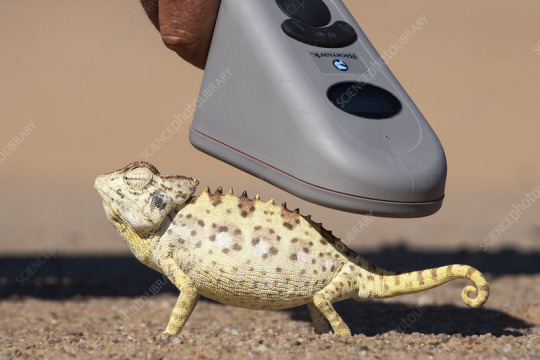
*beep beep* Yupp,as Suspected… “Lizartd.”
#silly#funny#196#rule#r/196#sillyposting#ruleposting#shitpost#shitposting#animalposting#animal memes#zoology memes#zoology#herpetology#lizard#chameleon#namaqua chameleon#squamates#reptiles#biology memes#my posts
876 notes
·
View notes
Text


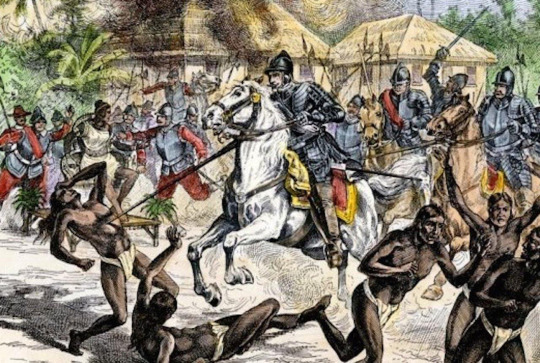

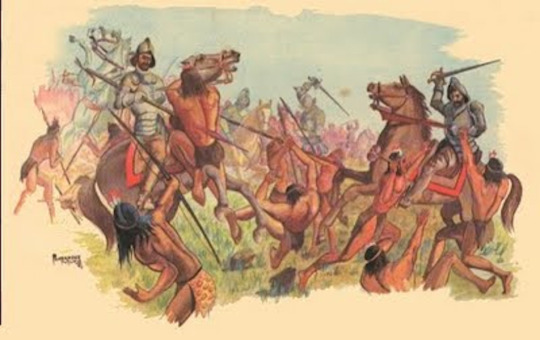




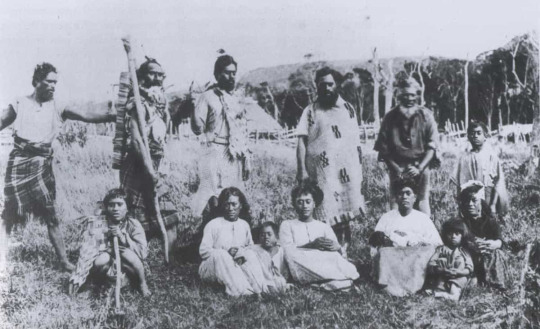


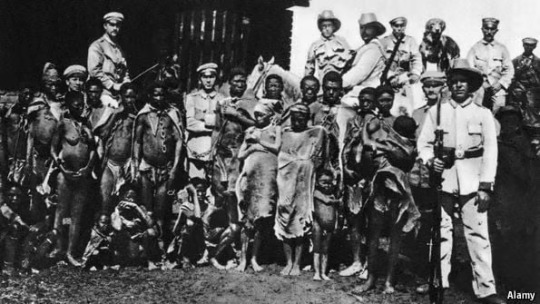


Palestine will be free.
Who Remembers the Armenians?, Najwan Darwish / Myth of the Vanishing Indian, Rena Priest / Shadow Procession, William Kentridge / The Wretched of the Earth, Frantz Fanon / Darfur (Jesus Wept), William F. DeVault / Srebrenica, Safet Zec
#web weave#web weaving#webweaving#palestine#israel#israel palestine conflict#palestinians#gaza#middle east#crusades#armenia#armenian genocide#bosnian genocide#native american#native genocide#the black war#black war#massacre of salsipuedes#moriori genocide#herero and namaqua genocide#herero#namaqua#poetry#poems#colonialism#colonization
347 notes
·
View notes
Text

December 6, 2024 - Namaqua Warbler, Namaqua Prinia or White-breasted Prinia (Phragmacia substriata) Found in parts of South Africa and Namibia, these warblers live in reedbeds, scrub, and woodlands near water. They eat mostly small invertebrates, along with some fruit, picking food from leaves, twigs, and thin branches or sometimes foraging on the ground. Breeding mostly between August and October, they build deep open cup-shaped nests from dry grass, reeds, leaves, rootlets, bark strips, lichen, feathers, hair, and other materials in tall grass, herbs, thorny shrubs, or reeds, usually near water. Females lay clutches of two to four eggs.
#namaqua warbler#warbler#cisticolidae#phragmacia substriata#bird#birds#illustration#art#grassland#birblr art
44 notes
·
View notes
Text

Namaqua Dove Oena capensis
10/7/2023 San Diego Zoo, California
#he was Almost standing on his own picture but alas not quite#namaqua dove#dove#doves#columbidae#bird#birds#captive animal#san diego zoo#san diego zoo safari park#zoo animals#zoo#zoo photography#photography#photographers on tumblr#original photography#nature photography#my photos
34 notes
·
View notes
Text
For #InternationalChameleonDay :



Chameleons by Robert Jacob Gordon (Dutch, 1743-1795), from The Gordon African Collection, 4 albums of natural history illustrations made during his Cape Colony (South Africa) expeditions (1777-86). Now in the Rijksmuseum collection.
1. Chamaeleo namaquensis (Namaqua Chameleon) RP-T-1914-17-99
2. Bradypodion pumilum (Cape Dwarf Chameleon) RP-T-1914-17-101
3. Bradypodion pumilum in three poses (Cape Dwarf Chameleon) RP-T-1914-17-100
drawings on paper, H 660mm × W 480mm ea.
#animals in art#animal holiday#chameleon#chameleons#International Chameleon Day#Cape Dwarf Chameleon#Namaqua Chameleon#lizard#lizards#African animals#natural history art#scientific illustration#historical sciart#colonial art#Robert Jacob Gordon#The Gordon African Collection#Rijksmuseum#drawing#works on paper
22 notes
·
View notes
Text

Desert mountain adder (Bitis xeropaga)
Photographer Spends 10 Days Tracking Down Snakes in Namibia
Photographer: Marisa Ishimatsu

Many-horned adder (Bitis cornuta)
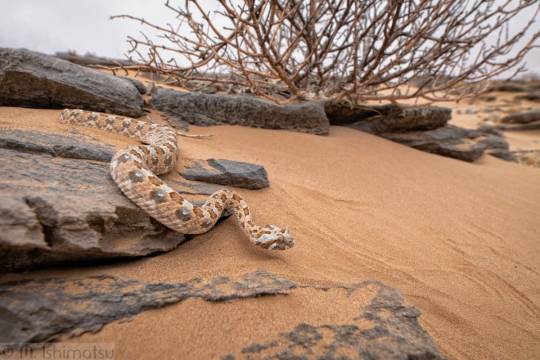
Horned adder (Bitis caudalis)

Namaqua dwarf adder (Bitis schneideri)
#marisa ishimatsu#photographer#namibia#desert mountain adder#adder#snake#bitis xeropaga#reptile#many-horned adder#bitis cornuta#horned adder#bitis caudalis#namaqua dwarf adder#bitis schneideri
28 notes
·
View notes
Text
Battle Royale
Family Reunion (C-2)
Some families are more popular than others, you know? It's a miracle there wasn't a submission for ever single corvid that's ever existed. Instead, we have these guys.

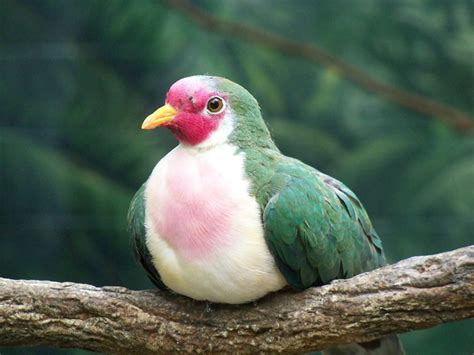
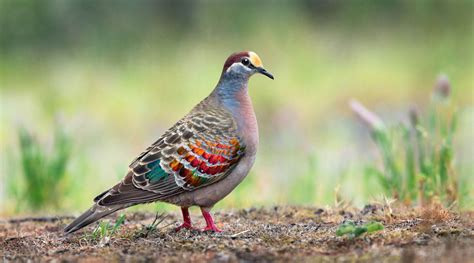


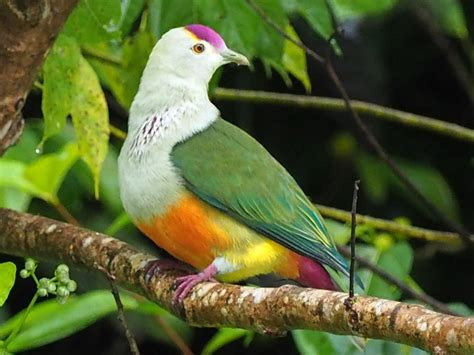

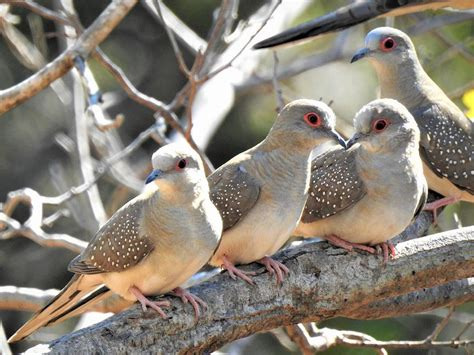
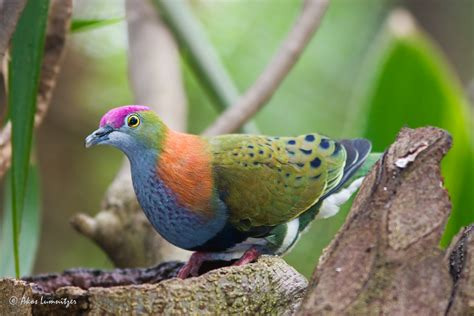

#Hipster Bird Battle Royale#BR-C#columbidae#nicobar pigeon#victoria crowned pigeon#jambu fruit dove#superb fruit dove#common bronzewing#diamond dove#band-tailed pigeon#namaqua dove#laughing dove#palau fruit dove
81 notes
·
View notes
Text

dovestar
59 notes
·
View notes
Text
Namaqua Rain Frog
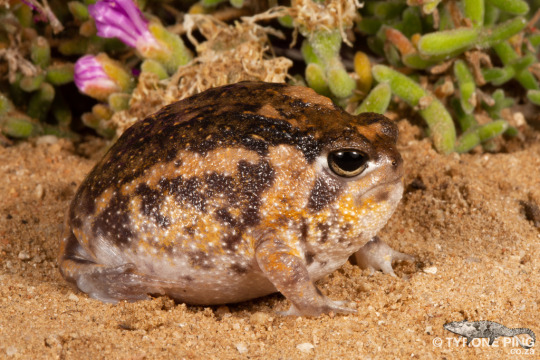
AKA namaqua short-headed frog, Breviceps namaquensis
A round little fellow!
These guys live in Namaqualand and Namibia, in southern Africa. Their toes aren't webbed, and they spend most of their time underground, only coming out after it rains to look for tasty insects.
When threatened, they squeak and inflate to deter predators! I don't think I'd be deterred at all, they're such little cuties!
When they lay eggs, they cover them up in thick yolk-y fluid and the tadpoles live there until grown. Interesting tactic, that.
#frogs#rain frogs#african frogs#brown frogs#namaqua rain frog#namaqua short-headed frog#breviceps namaquensis
18 notes
·
View notes
Text


[ID: two photos. the Namaqua dove stands in water. it has a brown body with a black face/front of neck. two Common emerald doves sit in a tree together. they have brown bodies. white stripes on their heads, and green wings]
there is such a wide diversity of beauty and animals in the world! look at all of these beautiful doves!!
the striking Namaqua dove, or the beautiful Common emerald dove? you decide!!!
12 notes
·
View notes
Text
GANGA NAMAQUA
PTEROCLES NAMAGUA NOMBRE CIENTÍFICO: PTEROCLES NAMAGUA. LONGITUD: 28 CM. PESO: 175 A 200 GRAMOS. PLUMAJE: IGUAL PARA AMBOS SEXOS. MIGRACIÓN: NO MIGRATORIO. ESTADO: COMÚN. UBICACIÓN: SUR DE ÁFRICA. ESTA AVE COMPARTE MUCHAS DE LAS ADAPTACIONES ESPECÍFICAS AL DESIERTO QUE TIENE LA GANGA CORONADA. NECESITA POCO ALIMENTO O AGUA, Y SU DENSO PLUMAJE LA AÍSLA DE LAS TEMPERATURAS ALTAS Y BAJAS. CON SU…

View On WordPress
0 notes
Text

Namaqua Dove Oena capensis
10/7/2023 San Diego Zoo, California
#namaqua dove#dove#doves#birds#bird#columbidae#captive animal#san diego zoo#san diego zoo safari park#zoo animals#zoo#zoo photography#photography#photographers on tumblr#original photography#nature photography#my photos
21 notes
·
View notes
Text
Namaqua chameleons are amazing. So chameleons are amazingly adapted to be arboreal, with prehensile tales and opposable toes. Even their bodies are leaf shaped. But Namaqua chameleons have for some reason evolved to walk out into the desert, and eat venomous snakes.

Namaqua Chameleon (Chamaeleo namaquensis), threat display, family Chamaeleonidae, Namib-Naukluft National Park, Namibia
photograph by Yathin S Krishnappa
286 notes
·
View notes
Text
i cannot think of a creature less suited to climbing than kangaroos. and yet the tree kangaroo endures
#the namaqua chameleon is just. GOD#one day you are a hyper specialized arboreal predator and the next the desert has swallowed up your rainforest#leaving you nowhere to hide. no tree branches to sway gently on. your highly specialized mobile monocular vision is completely obsolete#what branches does your prey hide in? from where do your own predators creep? the world is flat and shifting#to speak nothing of your walk!! holy shit! and yet the namaqua chameleon REMAINS#anyways. life uh. finds a way#frog croaks
1 note
·
View note
Text

Namaqua Rain Frog
A circular frog, covered in sand? Famous for it's squeaky toy cry? Ground type obviously. Maybe dual with water as it's called the rain frog?
1 note
·
View note